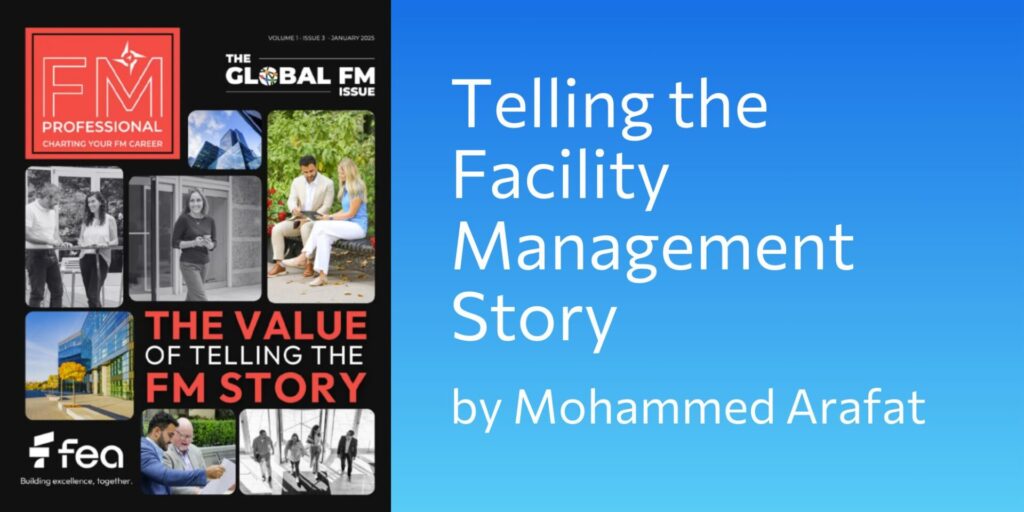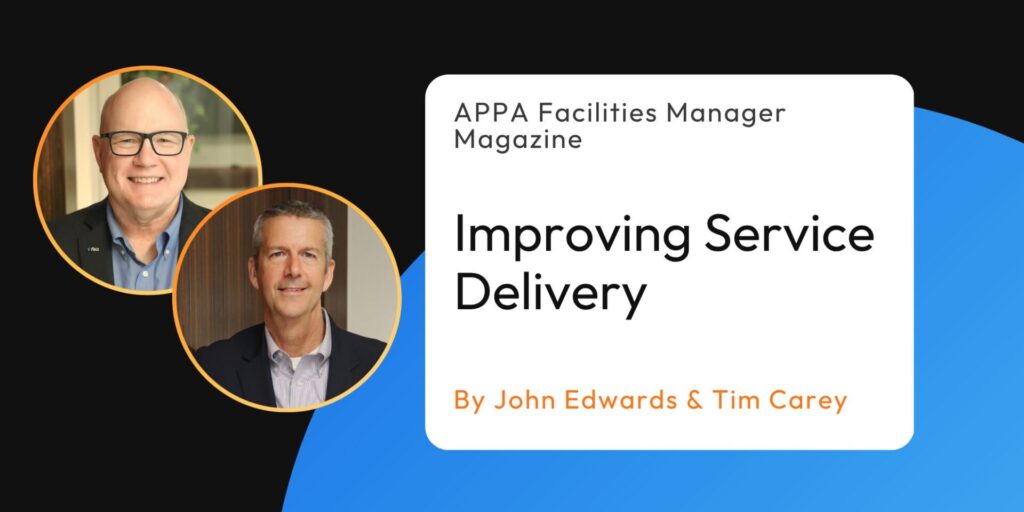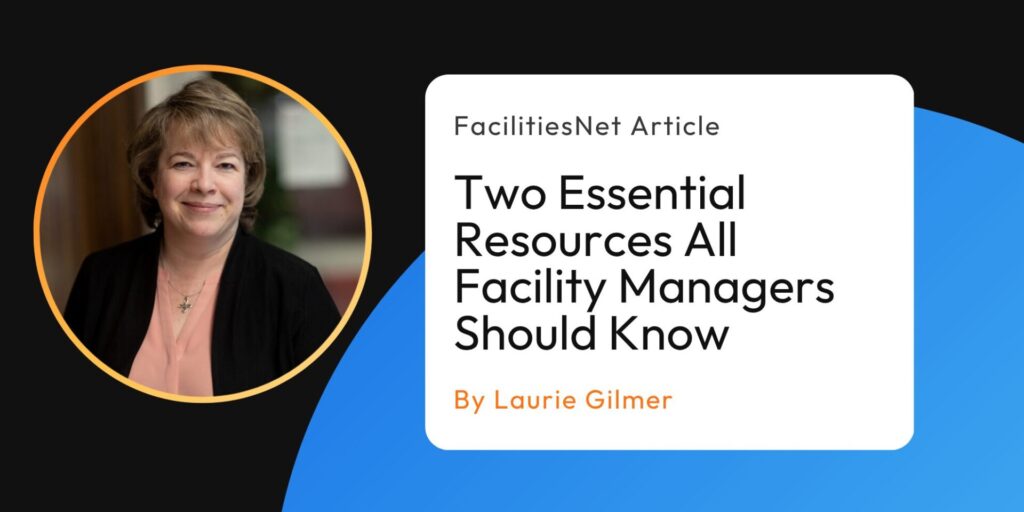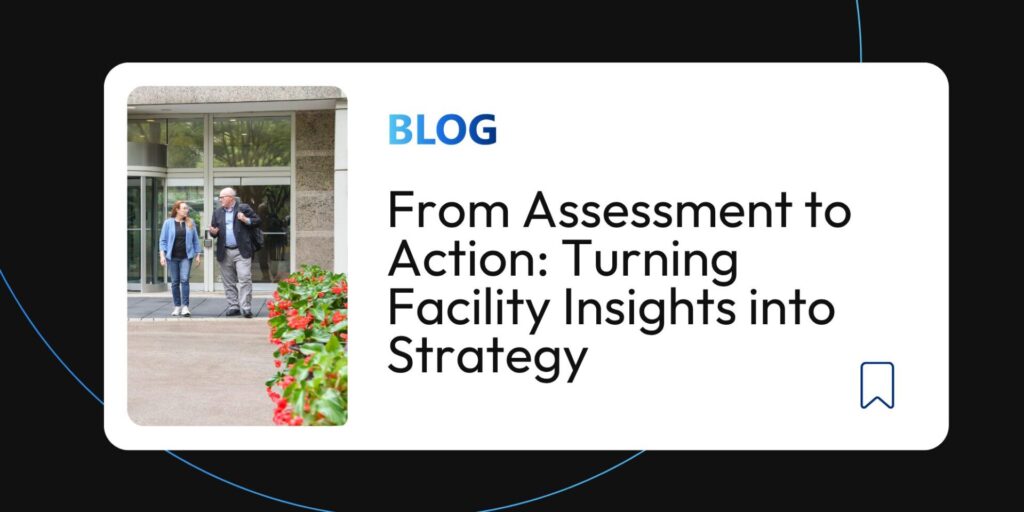Telling the Value of FM and Why Facility Management Matters
This article serves as a valuable resource for FM professionals looking to elevate their role within their organizations and drive meaningful change.
Facility management is often an overlooked function within organizations, yet it plays a crucial role in maintaining safe, efficient, and cost-effective operations. Many facility teams struggle with inadequate staffing and funding, leading to a growing backlog of deferred maintenance. Even when these challenges are communicated to leadership, the message often fails to resonate. The key issue is that FM is frequently seen as a cost center rather than a strategic investment. Changing this perception requires a shift in how facility professionals tell their story.
FM goes beyond simple building maintenance—it integrates people, places, and processes to enhance productivity and quality of life. According to ISO 41011, FM ensures the functionality, safety, and efficiency of buildings by managing everything from HVAC systems to energy-saving initiatives. A well-managed facility supports sustainability, compliance, and long-term cost savings. However, these benefits are not always immediately visible to leadership, making it difficult to justify increased funding. Without proactive communication, decision-makers may continue to undervalue FM’s impact on the organization’s success.
One of the main reasons FM is undervalued is cognitive bias—leaders often focus on short-term costs rather than long-term benefits. Many organizations adopt a reactive approach to maintenance, only addressing issues when they arise rather than investing in preventive strategies. This short-sighted view leads to higher costs in the long run, including emergency repairs, regulatory fines, and decreased asset lifespans. To change this, FM professionals must use data-driven storytelling to highlight cost savings, risk mitigation, and operational efficiency improvements.
Effectively communicating FM’s value requires presenting clear, compelling analyses that align with leadership’s priorities. Facility teams should emphasize long-term financial benefits, total cost of ownership, and potential risks associated with deferred maintenance. Real-world examples and case studies can illustrate how strategic FM planning leads to measurable improvements. By shifting the conversation from expenses to investments, facility professionals can make a stronger case for the resources they need.
Ultimately, telling the FM story is essential for gaining leadership support and ensuring long-term facility sustainability. Consistent maintenance practices prevent costly emergencies, energy-efficient strategies reduce expenses, and a well-maintained facility enhances employee well-being and productivity. At FEA, we help organizations communicate FM’s strategic importance and implement solutions that drive long-term success. By changing the way FM is perceived, we can secure the necessary funding and support to keep facilities running efficiently for years to come.
Members of the IFMA Corporate Facilities Council can read the full article here.




